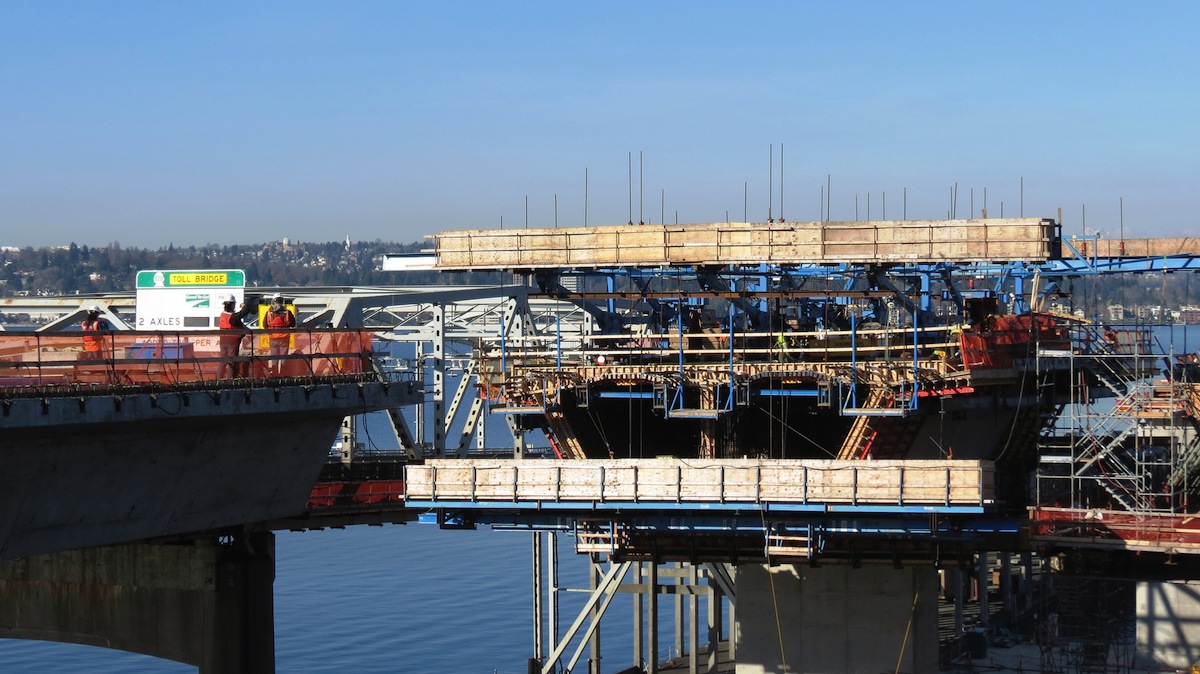Nonresidential construction spending fell in September for the first time in eight months, the U.S. Census Bureau reported, but the monthly drop in spending is not a cause for concern according to analysis by Associated Builders and Contractors (ABC). Nonresidential construction spending fell by 0.1% from August, totaling $692.8 billion on a seasonally adjusted annualized basis.
September's year-over-year increase of 12.4% is the largest increase since April 2008. After falling in two consecutive months, public nonresidential construction spending grew by 0.7% in September while private sector construction spending fell by 0.7% for the month.
"The last several months have generally been associated with sizable increases in nonresidential construction," said ABC Chief Economist Anirban Basu. "Today's release, while not particularly upbeat, does not alter the fact that nonresidential construction spending continues to recover and that most contractors are busier than they were a year ago.
"Although there are many potential forces at work that resulted September's monthly construction spending decline, most are not alarming. With construction materials prices falling, contractors may be able to offer somewhat lower prices for their services, helping to suppress growth in construction value put in place. It is also conceivable that some construction work is being slowed by an ongoing lack of available skilled personnel. This factor has certainly helped to slow residential construction, and it seems reasonable to presume that some nonresidential contractors would face similar issues.

Seven nonresidential construction sectors experienced spending increases in September on a monthly basis:
- Educational-related spending expanded by 2% for the month and 11.5% for the year.
- Spending in the religious category grew by 5.6% on a monthly basis and 0.8% year-over-year.
- Amusement and transportation-related spending rose by 0.2% from August and 30.6% from September of last year.
- Transportation-related spending expanded by 1.6% from a month ago and 10.2% from a year ago.
- Highway and street-related construction spending inched 0.3% higher for the month and is up 10% from the same time last year.
- Sewage and waste disposal-related spending rose by 1.1% from August and 12.9% from September of last year.
- Spending in the water supply category gained 4.3% from the previous month and 5.6% on a year-ago basis.
Spending in nine nonresidential construction subsectors fell in September on a monthly basis:
- Spending in the lodging category fell by 0.7% for the month but is up 32.8% from September 2014.
- Office-related spending dipped 0.4% from August but is 19.3% higher than at the same time last year.
- Spending in the commercial category fell by 1.1% on a monthly basis and by 2% on a yearly basis.
- Health care-related spending inched 0.1% lower for the month but is up 9% on a year-ago basis.
- Public safety-related spending fell 3% month-over-month and 4.8% year-over-year.
- Spending in the communication-category declined 2.7% from August but is up 10.2% from the same time last year.
- Power-related construction spending fell 1.7% on a monthly basis but expanded 1.9% over the previous twelve months.
- Conservation and development-related spending lost 6% for the month but is still 1.6% higher than at the same time last year.
- Manufacturing related spending fell 0.4% for the month but is still up 41.3% from September 2014.
To view the previous spending report, click here.
Related Stories
Multifamily Housing | Aug 4, 2022
Faculty housing: A powerful recruitment tool for universities
Recruitment is a growing issue for employers located in areas with a diminishing inventory of affordable housing.
Multifamily Housing | Aug 3, 2022
7 tips for designing fitness studios in multifamily housing developments
Cortland’s Karl Smith, aka “Dr Fitness,” offers advice on how to design and operate new and renovated gyms in apartment communities.
Building Materials | Aug 3, 2022
Shawmut CEO Les Hiscoe on coping with a shaky supply chain in construction
BD+C's John Caulfield interviews Les Hiscoe, CEO of Shawmut Design and Construction, about how his firm keeps projects on schedule and budget in the face of shortages, delays, and price volatility.
Codes and Standards | Aug 3, 2022
Some climate models underestimate risk of future floods
Commonly used climate models may be significantly underestimating the risk of floods this century, according to a new study by Yale researchers.
| Aug 3, 2022
Designing learning environments to support the future of equitable health care
While the shortage of rural health care practitioners was a concern before the COVID-19 pandemic, the public health crisis has highlighted the importance of health equity in the United States and the desperate need for practitioners help meet the needs of patients in vulnerable rural communities.
Reconstruction & Renovation | Aug 3, 2022
Chicago proposes three options for Soldier Field renovation including domed stadium
The City of Chicago recently announced design concepts for renovations to Soldier Field, the home of the NFL’s Chicago Bears.
Codes and Standards | Aug 2, 2022
New tools help LEED projects reach health goals
The U.S. Green Building Council now offers tools to support the LEED Integrative Process for Health Promotion (IPHP) pilot credit.
Market Data | Aug 2, 2022
Nonresidential construction spending falls 0.5% in June, says ABC
National nonresidential construction spending was down by 0.5% in June, according to an Associated Builders and Contractors analysis of data published today by the U.S. Census Bureau.
K-12 Schools | Aug 1, 2022
Achieving a net-zero K-12 facility is a team effort
Designing a net-zero energy building is always a challenge, but renovating an existing school and applying for grants to make the project happen is another challenge entirely.
Healthcare Facilities | Aug 1, 2022
New Phoenix VA outpatient clinic is one of the largest veteran care facilities in the U.S.
The new Phoenix 32nd Street VA Clinic, spanning roughly 275,000 sf over 15 acres, is one of the largest veteran care facilities in the U.S.

















